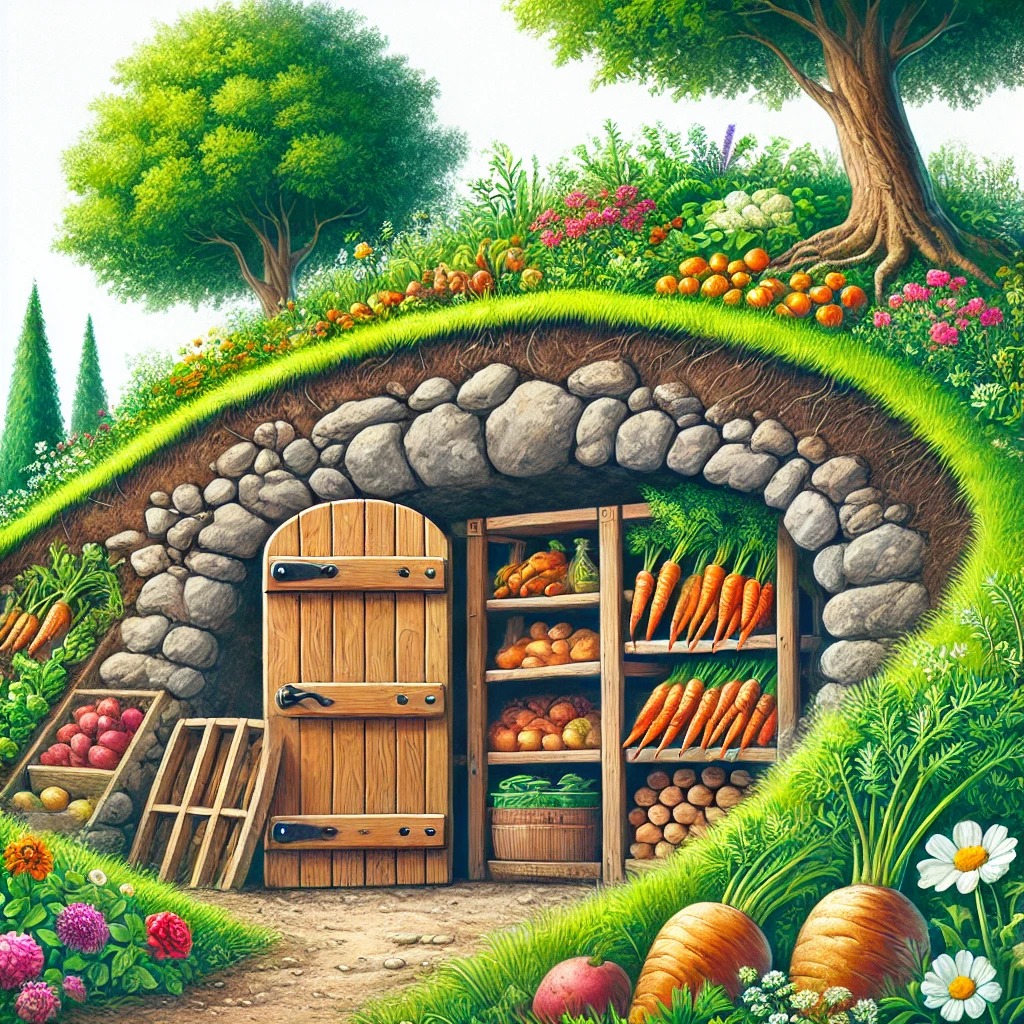How to Build a Root Cellar for Warm Climates
페이지 정보

본문
Many believe root cellars just operate in cold environments, however with the best strategies, they can be effective in warmer regions too. Here's how to build a root cellar cheap to build a small root cellar a root cellar in a warm climate for optimal food storage.
Obstacles of Building a Root Cellar in Warm Climates
Keeping cool temperatures can be challenging in hot regions. However, using specific structure methods like deep excavation and extra insulation helps manage temperature level and humidity.
Actions to Build a Root Cellar in a Warm Climate
1. Select a Shaded Location
Select a spot under trees or on the north side of your home to decrease sun exposure. Natural shade helps reduce heat.
2. Dig Deep into the Ground
Excavate at least 10 feet deep to gain access to cooler soil. The deeper you dig, the more steady the temperature level inside the root cellar.
 3. Usage Extra Insulation
3. Usage Extra Insulation
Line the walls and ceiling with thick insulation materials, such as foam boards or sandbags. This will safeguard the cellar from outside heat.
4. Install Effective Ventilation
Usage larger ventilation pipelines to permit better air flow. Consider including a solar-powered fan to help air circulation and prevent humidity accumulation.
5. Include Shelving and Dividers
Usage wooden shelves to organize fruit and vegetables, keeping fruits separate from vegetables. Great air flow in between items helps reduce wasting in warm environments.
Conclusion
Even in hot areas, you can build a small root cellar a practical root cellar with appropriate preparation. By digging deep, insulating well, and guaranteeing excellent ventilation, your root cellar will maintain crops naturally.
Obstacles of Building a Root Cellar in Warm Climates
Keeping cool temperatures can be challenging in hot regions. However, using specific structure methods like deep excavation and extra insulation helps manage temperature level and humidity.
Actions to Build a Root Cellar in a Warm Climate
1. Select a Shaded Location
Select a spot under trees or on the north side of your home to decrease sun exposure. Natural shade helps reduce heat.
2. Dig Deep into the Ground
Excavate at least 10 feet deep to gain access to cooler soil. The deeper you dig, the more steady the temperature level inside the root cellar.
 3. Usage Extra Insulation
3. Usage Extra InsulationLine the walls and ceiling with thick insulation materials, such as foam boards or sandbags. This will safeguard the cellar from outside heat.
4. Install Effective Ventilation
Usage larger ventilation pipelines to permit better air flow. Consider including a solar-powered fan to help air circulation and prevent humidity accumulation.
5. Include Shelving and Dividers
Usage wooden shelves to organize fruit and vegetables, keeping fruits separate from vegetables. Great air flow in between items helps reduce wasting in warm environments.
Conclusion
Even in hot areas, you can build a small root cellar a practical root cellar with appropriate preparation. By digging deep, insulating well, and guaranteeing excellent ventilation, your root cellar will maintain crops naturally.
- 이전글Need Inspiration? Check Out How To Reduce Anxiety Disorder 24.10.27
- 다음글Five People You Should Know In The Keys Mercedes Industry 24.10.27
댓글목록
등록된 댓글이 없습니다.




